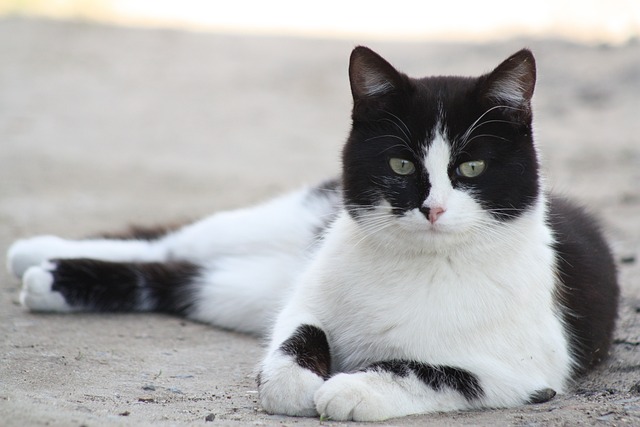Other Names: British Blue.
Personality: Affectionate, easy-going, and calm.
Weight: About 7 to 17 pounds, with males slightly larger.
Length: About 22 to 25 inches.
Coat Length: Short and very dense. Not double-coated or woolly.
Coat Variation: The British Shorthair can exhibit a wide range of solid and patterned colors, such as white, black, blue, red, cream, smoke, silver, golden, cameo, tabby, tortoiseshell, calico, and bicolor. Eye Color: The eye color varies based on the coat color and pattern.
Life Expectancy: 12 to 16 years.
Hypoallergenic: No.
Origin: United Kingdom.
Characteristics of the British Shorthair Cat
The British Shorthair is a substantial cat with an easy-going personality, making it a wonderful family pet. Known for being active without being hyper, these cats are generally quiet and can adapt to various living spaces.
Affection Level: High
Friendliness: Medium
Kid-Friendly: High
Pet-Friendly: High
Exercise Needs: Medium
Playfulness: Medium
Energy Level: Medium
Intelligence: High
Tendency to Vocalize: Low
Amount of Shedding: Medium
History of the British Shorthair Cat
Possibly the oldest cat breed in Great Britain, the British Shorthair likely started as shorthaired street cats. Breeders refined and standardized the breed, possibly crossing them with Persians and Russian blues. The breed was first exhibited in England’s organized cat show in 1871. Originally called the British Blue due to the prevalence of the blue color, they were later recognized as the British Shorthair. The breed made its way to the United States in the early 1900s and gained formal recognition by the Cat Fanciers Association in 1980.
Appearance
The British Shorthair is a medium-to-large-sized cat with a well-balanced, powerful body, and a distinctive round head. The breed has a short, dense single coat with no undercoat. While blue British Shorthairs are common, they come in various colors and patterns.
British Shorthair Cat Care
The short coat of the British Shorthair requires minimal grooming, needing brushing about once a week to remove loose hair.
Routine nail trimming and ear cleaning are also advisable.. The breed is playful, and toys, scratching posts, and climbing structures can help keep them entertained.
Common Health Problems
British Shorthairs are generally healthy but can be prone to hypertrophic cardiomyopathy, a heart disease. Regular veterinary check-ups are essential.
Diet and Nutrition
Maintaining a healthy weight is crucial, and feeding measured meals twice a day is recommended. Consultation with a veterinarian can help determine the best diet for your cat.
Where you can adopt or purchase a British Shorthair cat
The British Shorthair is somewhat popular and can be found through breeders listed by organizations like the Cat Fanciers Association and the International Cat Association. Attending cat shows is also a great way to meet breeders. While British Shorthairs are less likely to end up in shelters, local breeders may know of adults in need of homes.
Breed Overview
The British Shorthair takes its time to mature, both in terms of physical and mental development. They are affectionate without being overly needy and get along well with children and other pets. However, they may not enjoy being held for extended periods and should not be left alone for many hours a day.



